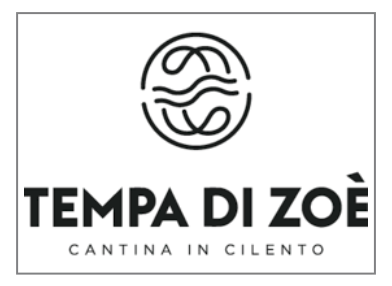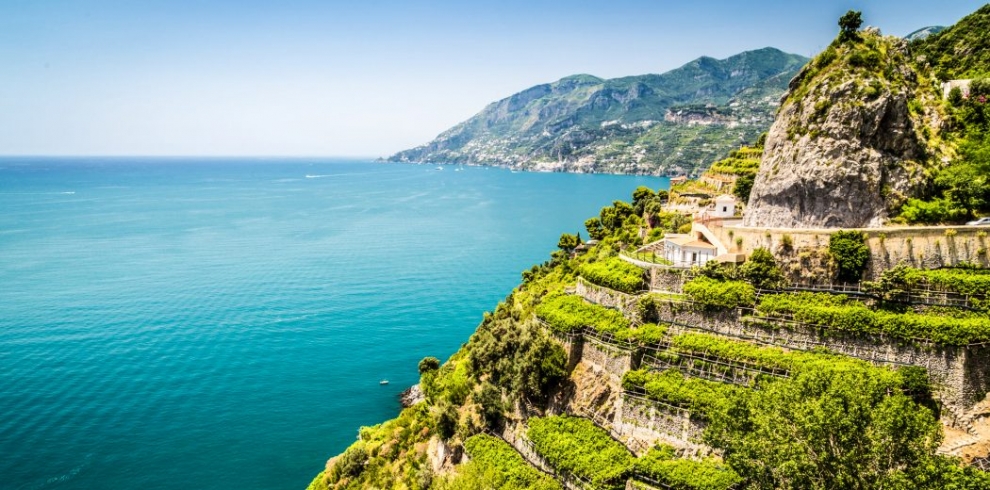Wines
Aglianico Zero Rosso Paestum igt
Zero was created in 1997, the product of a two-hectare Aglianico vineyard in Acqua di Costanza, in the municipality of Torchiara. This part of the Alto Cilento shows the influence of the Tyrrhenian and the very sunny climate. The wine is made beginning with partially dried grapes, with spontaneous fermentation, and is aged in wood.
| Denomination | Rosso Paestum IGT. |
| Grapes | Aglianico. |
| Fermentation | Fermented by spontaneous yeasts in open tank after manual selection and destemming of grapes. |
| Maturation | It is aged for three years in 3000 liter wooden barrels. |
| Aging | About 1 year in the bottle. |
| Organoleptic Examination | Deep ruby, plum and blackberry supported by alcohol in the nose, black pepper and cocoa to mark the nose. Soft, full of ripe fruit and jam to the attack in the mouth and still the mighty alcohol all warms and plays, soft tannins and savory freshness. |
| Food Pairings | Indicated with sturdy second courses of red meat such as braised meat and game, excellent with aged cheeses. |

Tempa di Zoe
The name Tempa di Zoè refers not only to a physical place; it is, above all, a declaration of intent. “Tempa” is the word for the rolling hills of Cilento that stretch down to the sea from north to south. Zoè is the Greek word for the essence of life, the universal principle common to the animal, vegetable and mineral worlds.
Tempa di Zoè’s new project, Quattro Vigne – “four vineyards” – is founded on the work of four partners: the Campania winery Feudi di San Gregorio, Francesco Domini, Vincenzo D’Orta and Bruno De Conciliis.
They are united by the single goal of calling new attention to a land that is naturally excellent for wine: Cilento. This wine carries on the work begun by D’Orta and De Conciliis, now involving Feudi di San Gregorio and Francesco Domini, himself
intimately tied to Cilento, the land of his birth.

Campania
The ancient heritage of its vineyards and a great respect for tradition hold the key to Campania’s success in the world of wine. Instead of seeking out international markets by planting Cabernet Sauvignon, Merlot and Chardonnay, Campania’s winemakers have stayed true to their proud heritage of indigenous grapes that best reflect Campania’s terroir.
Campania’s wines were first enjoyed by the Romans whose proud tradition of producing Falernian from Aglianico grapes around Naples was reflected in other parts of the region.
They also produced a white wine that is thought to be related to the modern Falanghina. Wines made around Vesuvius and Avellino were similarly revered. Sometimes known as "The Barolo of the South", Taurasi and other exceptional reds from Falerno del Massico reflect the sheer potential of the grape. About 75% of Campania’s production is now DOCG, DOC and IGT wines.



